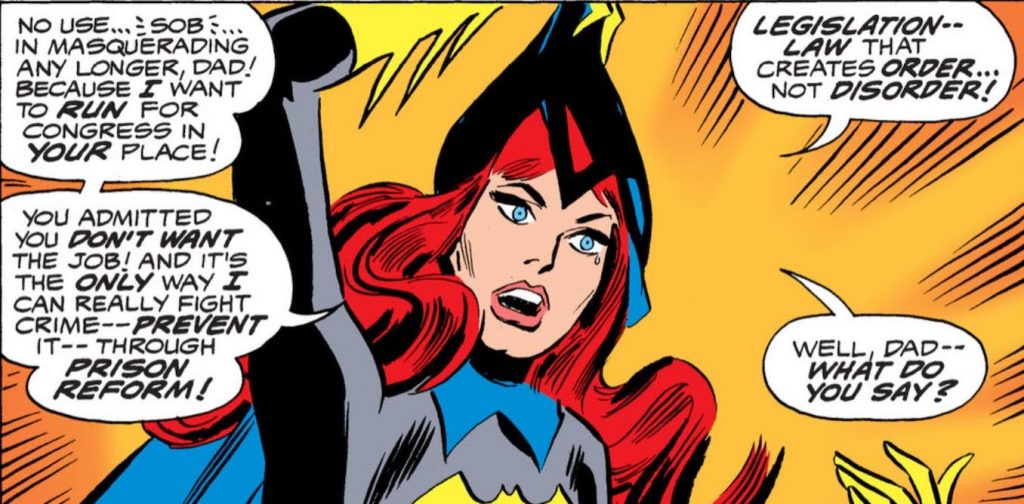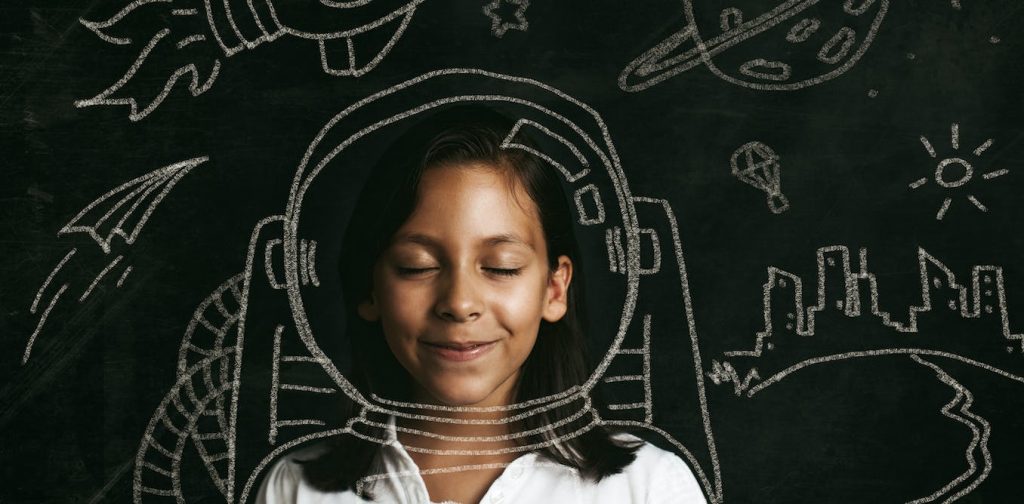Kids cartoon characters that use AI to customize responses help children learn

The Research Brief is a short take about interesting academic work.
The big idea
When the main character of a kids TV show can both listen and respond to viewers by using advances in artificial intelligence, youngsters learn more from the program. That’s what my colleagues and I found in a series of peer-reviewed studies.
We are partnering with PBS Kids to incorporate conversational AI like Siri or Alexa into a popular science show for preschool-aged children called “Elinor Wonders Why.”
In the interactive version we created, the main character, a curious bunny named Elinor, poses questions to children. She then listens to their responses and replies with feedback specific to their answers, or provides additional clues when needed.
For example, in an episode about liquid thickness – or viscosity – Elinor and her friends try to get ketchup out of a bottle by shaking and squeezing it, but the ketchup remains stuck inside. Elinor turns to the viewer and asks, “Why do you think the ketchup isn’t coming out?” Many of the kids in our study simply reiterated the problem by saying, “It’s stuck,” without answering why. In this case, Elinor follows up by asking, “Yeah, I wonder why the ketchup is stuck inside the bottle. Do you think it’s too goopy, or it’s too runny?”
We carried out several studies to test whether this interactive format indeed helps children learn more. In one study that we presented at the 2023 American Educational Research Association annual conference, we divided 240 children into three groups of 80. The first group watched the “Elinor Wonders Why” episodes in the interactive format we created. The second group watched the original broadcast without any questions or responses from Elinor. The third group watched a semi-interactive version similar to “Dora the Explorer,” where the main character asks a question, pauses as if she is listening and provides generic feedback. After the children watched the episodes, we assessed their understanding of the science concepts that were presented, including aerodynamics and reptile shedding.
We found that children who watched the fully interactive episodes answered 63% of the assessment questions correctly, compared with 56% for those who watched the noninteractive version. Children who watched the semi-interactive version performed in between, correctly answering 61% of the questions.
We also examined children’s responses to Elinor’s questions during video watching. We found that children watching the semi-interactive version quickly lost interest in responding to Elinor’s questions after they realized she could not comprehend their answers.
Why it matters
Children in the U.S. spend an average of nearly two hours per day watching TV or online videos, according to a national survey. While platforms like PBS Kids provide free educational TV programs, the educational benefits can be limited by the lack of interaction with the content. The semi-interactive technique currently used in shows like “Dora the Explorer” and “Mickey Mouse Clubhouse” is still in wide use, but our evidence shows it is less effective than the AI-based interactive programs because of the absence of responsive feedback from characters.
Recent advances in AI, particularly in speech technologies and interpreting language spoken by real humans, make it possible to enable true interactions between child viewers and children’s TV show characters. This could make watching TV a more active and engaging way for kids to learn science.
What other research is being done
AI is being integrated into a range of media products, including e-books, smart toys and social robots. Meanwhile, advances in AI technology will likely increase its accuracy in processing children’s speech, and therefore enable more natural interactions between children and AI. At the same time, researchers are also studying the ethical use of AI in media for young children to ensure that content that is developed is both educational and safe.
What’s next
We are currently exploring the possibility of developing children’s TV show characters that can process bilingual children’s mixed usage of English and their native language during interactions. A study involving children who speak Spanish and English is in progress.
We also have plans to integrate AI into more PBS Kids shows, including an upcoming series called “Lyla in the Loop,” which highlights creative problem-solving for children ages 4-8.




